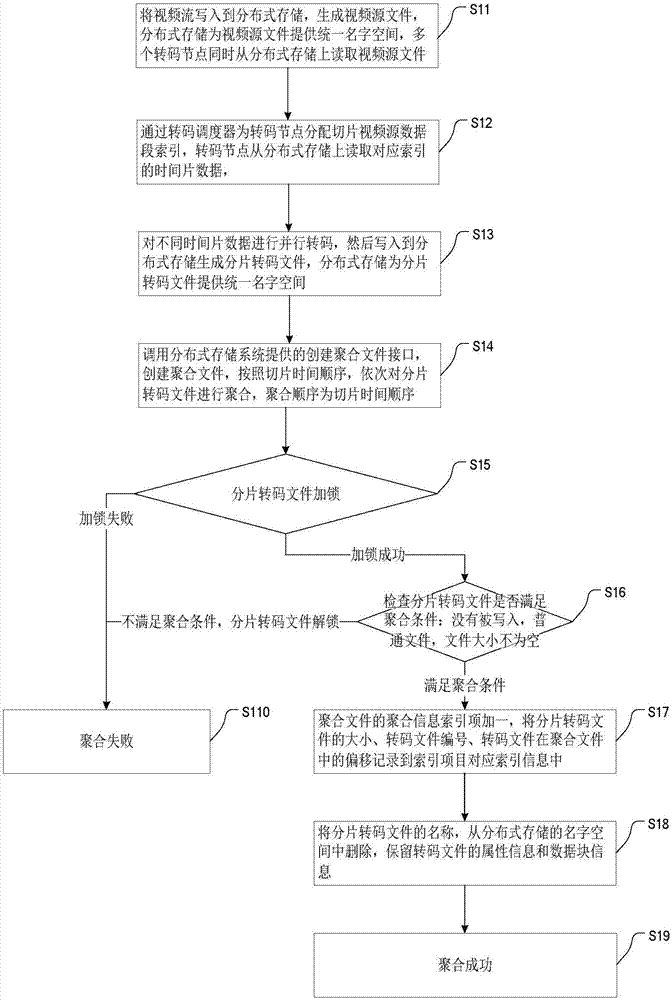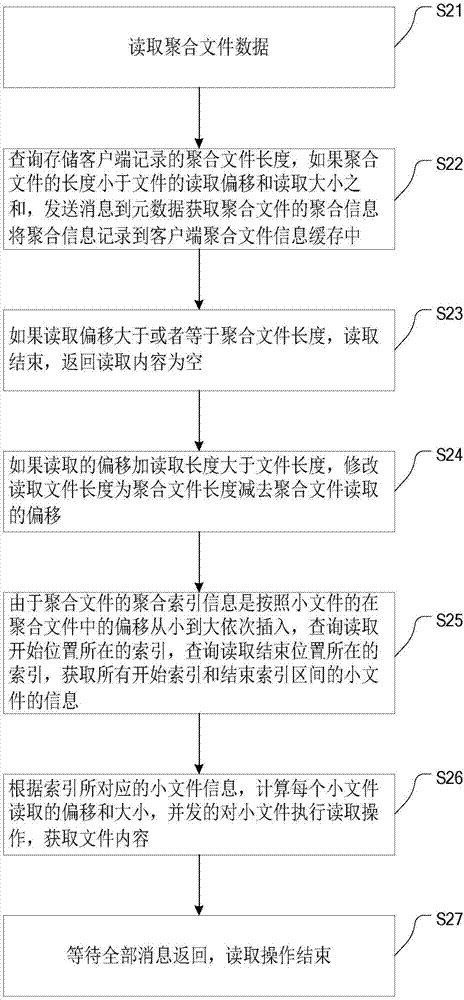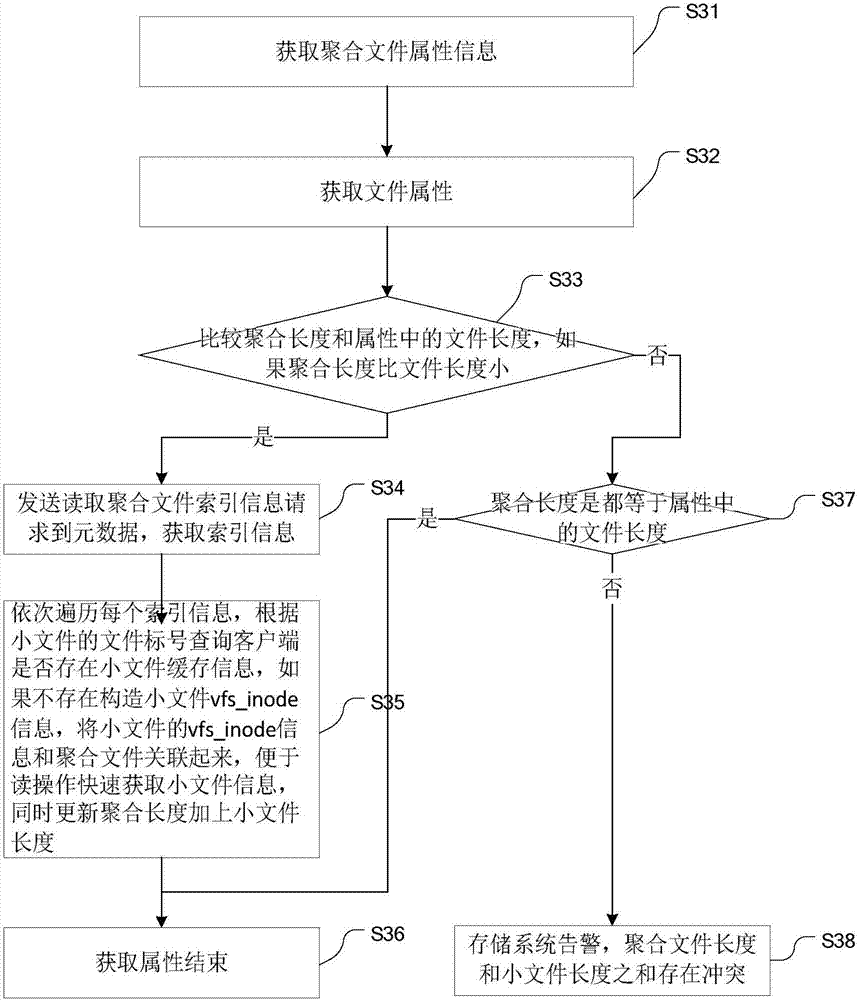Method for rapidly splicing transcoding fragmented file
A fast splicing and file technology, applied in the computer field, can solve the problems of consuming transcoding node system resources, high construction and maintenance costs, and information islands, saving network bandwidth resources, facilitating resource management, and reducing maintenance costs.
- Summary
- Abstract
- Description
- Claims
- Application Information
AI Technical Summary
Problems solved by technology
Method used
Image
Examples
Embodiment 1
[0050] Embodiment 1: as figure 1 As shown, a method for quickly splicing and transcoding fragmented files includes:
[0051] Call the create aggregated file interface of the distributed storage system to create the aggregated file;
[0052] Obtain fragmented transcoding files from the distributed storage system;
[0053] Call the distributed storage system interface to lock the fragmented transcoding file;
[0054] When the lock of the transcoded file of the fragment fails, the aggregation operation fails;
[0055] Judging whether the split-transferred file meets the transcoding conditions;
[0056] When the fragmented transcoding file does not meet the conditions, the aggregation operation fails;
[0057] When the fragmented transcoded file satisfies the conditions, add one to the aggregation information index item of the aggregated file, and the index information corresponding to the newly added aggregated index item is the length of the fragmented transcoded file, the u...
Embodiment 2
[0062] Embodiment 2: as figure 1 As shown, a method for quickly splicing and transcoding fragmented files includes:
[0063] Step 11, write the video file generated by the video source into the distributed storage system, the distributed storage provides a unified name space for the video source file, and multiple transcoding nodes can concurrently read the data of the video source;
[0064] In step 12, the transcoding scheduler assigns the segmented video source data segment index to the transcoding node, and the transcoding node reads the time slice data corresponding to the index from the storage system.
[0065] Wherein, step 12 includes:
[0066] Step 121, using the transcoding scheduler to averagely segment the video source according to time, and sequentially assign index numbers to the segmented transcoding files;
[0067] Step 122, the transcoding scheduler sends the fragment index to be transcoded to the idle transcoding node;
[0068] Step 13: According to the rec...
Embodiment 3
[0081] Embodiment 3: as figure 2 As shown, the method for reading the data content of the aggregated file, wherein the fragmented transcoded files in the aggregated file are uniformly described as small files in the storage client system, and the reading process includes:
[0082] Step 22, query the aggregation length of the aggregation file storing client records, where the aggregation length is the sum of the lengths of all small files.
[0083] Wherein, step 22 includes:
[0084] Step 221, if the length of the aggregated file is less than the sum of the read offset and the read size of the file, send a message to the metadata to obtain the aggregated information of the aggregated file, the aggregated information includes the length of all small files, the number of the small file, the number of the small file in the aggregation file offset;
[0085] Step 222, recording the aggregation information into the client aggregation file information cache, so that subsequent read...
PUM
 Login to View More
Login to View More Abstract
Description
Claims
Application Information
 Login to View More
Login to View More - R&D
- Intellectual Property
- Life Sciences
- Materials
- Tech Scout
- Unparalleled Data Quality
- Higher Quality Content
- 60% Fewer Hallucinations
Browse by: Latest US Patents, China's latest patents, Technical Efficacy Thesaurus, Application Domain, Technology Topic, Popular Technical Reports.
© 2025 PatSnap. All rights reserved.Legal|Privacy policy|Modern Slavery Act Transparency Statement|Sitemap|About US| Contact US: help@patsnap.com



